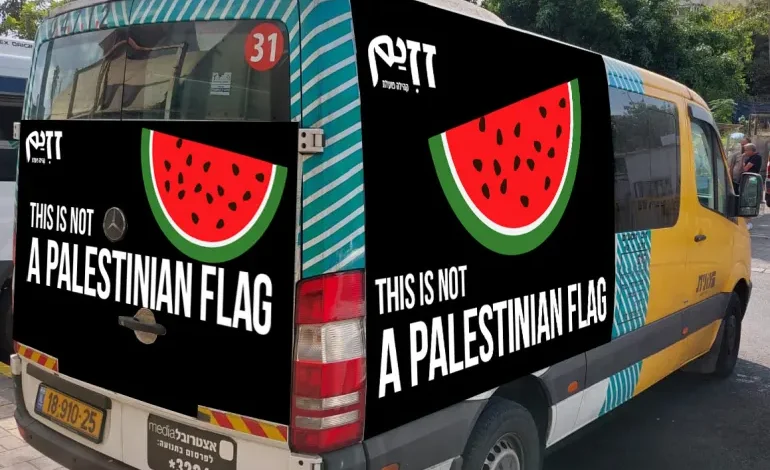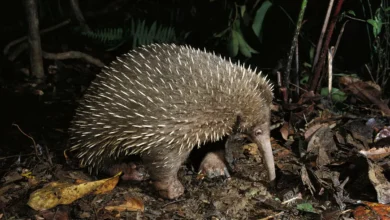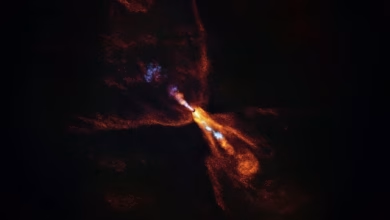The fruits of Palestine and their symbolism

What do watermelons, oranges, olives and eggplants all have in common?
Yes, technically, they are all fruits. Maybe you think they’re all delicious. But for Palestinians, they symbolise Palestinian culture and identity.In protest, agriculture, cuisine and literature, Palestinians use watermelons, oranges, olives and eggplants to represent national identity, connection to the land and resistance.
The watermelon is perhaps the most iconic fruit to represent Palestine. Grown across Palestine, from Jenin to Gaza, the fruit shares the same colours as the Palestinian flag – red, green, white and black – so it’s used to protest against Israel’s suppression of Palestinian flags and identity.
Following the 1967 war, when Israel seized control of the West Bank, Gaza Strip and annexed East Jerusalem, the government banned the Palestinian flag in the occupied territory.
Although the flag has not always been banned by law, the watermelon caught on as a symbol of resistance. It appears in art, shirts, graffiti, posters, and of course the ubiquitous watermelon emoji on social media.
Recently, the flag has come under fire again. In January 2023, the far-right National Security Minister Itamar Ben-Gvir instructed police to confiscate Palestinian flags from public places. This was followed in June by a bill to ban the flag in state-funded institutions, which Haaretz reports received preliminary Knesset approval.
“If you want to stop us, we’ll find another way to express ourselves,” says Amal Saad, a Palestinian from Haifa who organised Zazim’s watermelon campaign.
Saad was unsure whether the right wing would try to stop her, so she kept her planning under the radar. However, Saad said the support she received was overwhelming, with more than 1,300 activists donating to the cause.Oranges
The Jaffa orange, which originated in the 19th century, gained prominence for its sweetness and thick, easy-to-peel skin, which made it well-suited for shipping.
Before the Nakba, or catastrophe, of 1948 when the creation of Israel led to the expulsion of more than 750,000 Palestinians from villages and towns that their ancestors had lived in for centuries, Jaffa oranges were an important export for Palestinian farmers and businessmen.
Because of their prominence, the oranges also became a symbol of national identity in literature and art. Palestinian novelist and journalist Ghassan Kanafani used oranges to symbolise loss in his 1958 short story about the Nakba, called The Land of Sad Oranges.
The story begins with the narrator and his friend, both young boys, observing their family on the eve of the Nakba. The families pack what they can, but they are forced to abandon “the well-tended orange trees that [they] had bought one by one”.The fact that these trees were carefully nurtured over a long period of time indicates the strong connection between Palestinian farmers and the land, which hundreds of thousands were forced to forsake during the Nakba.










